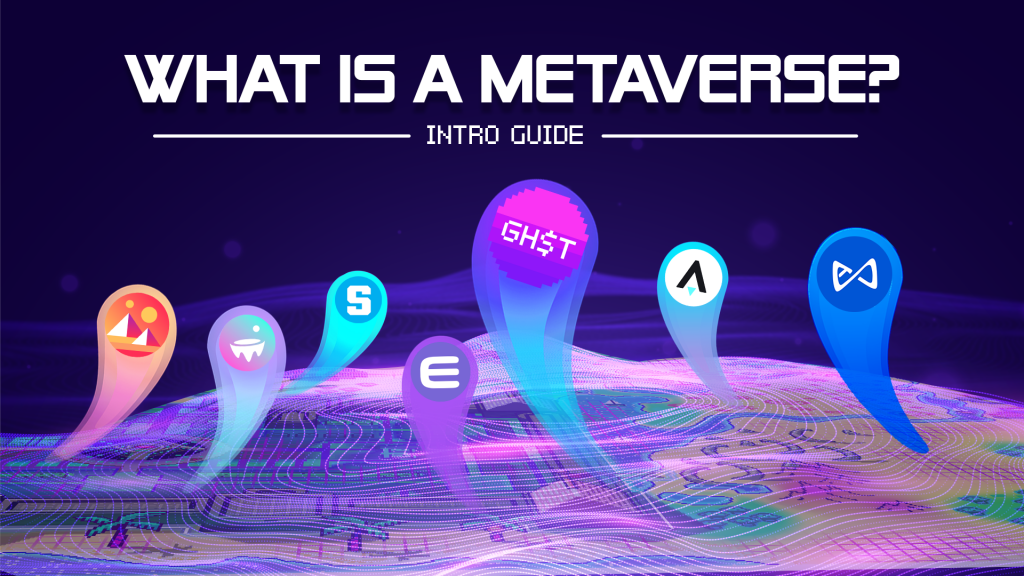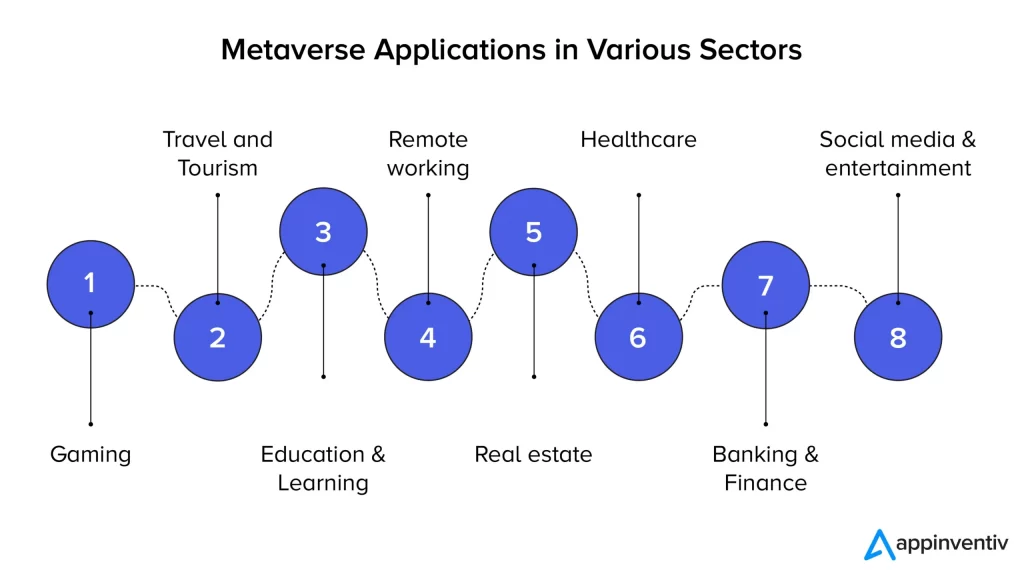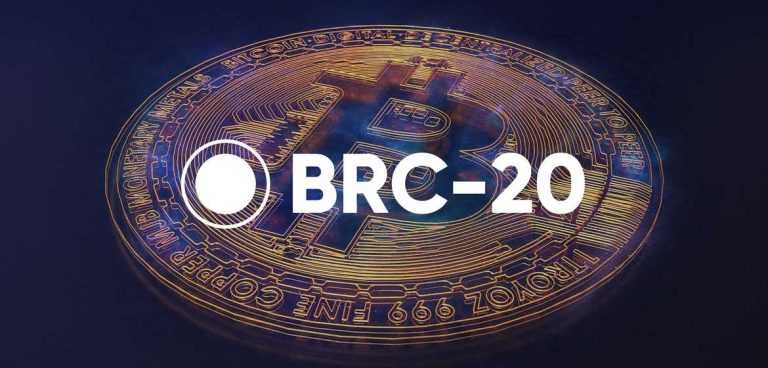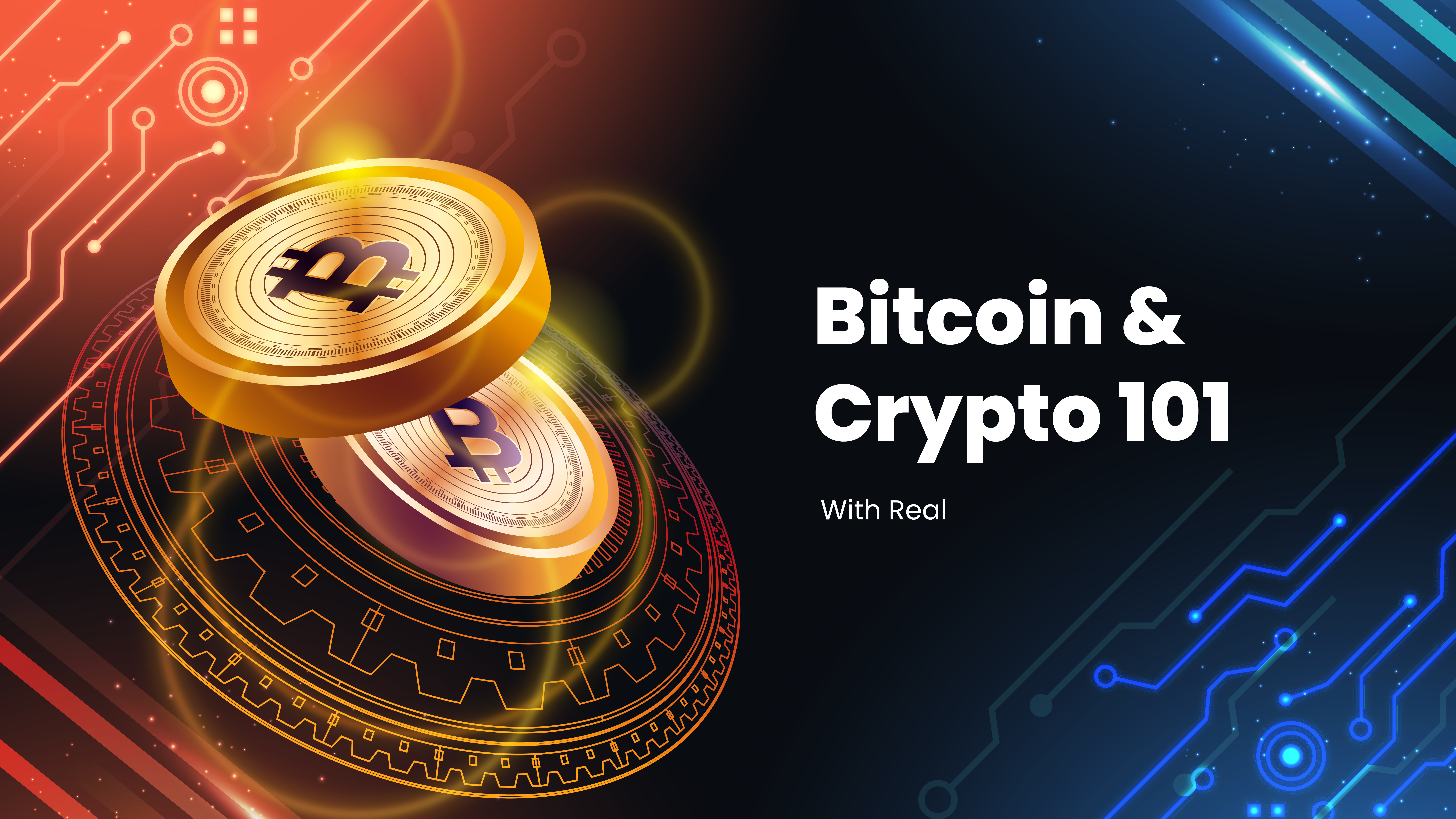
What is the Metaverse
The dystopian cyberpunk novel Snow Crash by Neal Stephenson is frequently cited as the origin of the term “metaverse,” while many people credit Earnest Cline’s 2011 book Ready Player One as a more contemporary inspiration. The metaverse is envisioned as a three-dimensional version of the internet that would ideally be accessible through a single gateway. The metaverse does not consist of a single platform, app, or experience. It’s an umbrella term for a new type of digital experience that will be available in the future. This could be a massive VR roleplaying game with full immersion enabled by technology, or an AR conference platform where people can meet in real-time using smartphones or smart glasses. Realtors can give virtual home tours, yoga instructors can lead private sessions, and so on. While social media and large technology companies are leading the charge by funding and developing social media VR, the metaverse as a whole is not limited to gaming and entertainment. While the metaverse is far more expansive than a video game, it appears that the gaming world has already adopted its most basic form. Consider the online shooter game ‘Fortnite,’ in which users have a personal avatar with which they engage and interact with the avatars of other players while also earning virtual currency to unlock outfits for their avatars. Second Life, a simulation game that allows users to experience virtual reality in which their avatar can shop, eat, take a shower, and do anything else they would do in real life, may be the closest existing iteration to the envisioned metaverse.
The metaverse, according to technologists, will advance virtual reality by allowing people to enter the virtual world and perform tasks such as purchasing real estate, hosting events, and even getting married using digital avatars. “You’ve got your goggles on, but they’re just a pair of sunglasses that happen to have the ability to transport you into the metaverse experience,” says John Riccitiello, CEO of Unity, maker of a video game engine that is increasingly being used to create immersive experiences on other platforms. “You walk by a restaurant, look at it, and the menu appears. What your friends have said about it pops up.”

The Metaverse and Cryptocurrency
The metaverse and cryptocurrency are two concepts that are easily understood: a virtual world and a virtual currency to spend in it. Metaverse and cryptocurrency are distinct concepts that can coexist happily – as we’ve seen with Bitcoin, which has utility in both the real and virtual worlds, and many visions of the metaverse, including Mark Zuckerberg’s, only tangentially involve crypto and blockchain. There is a connection between the concepts of the metaverse and cryptocurrency, which people enjoy spending in real life, and it should be the same in the metaverse. Although no one knows for certain what shape the metaverse will take, it has enormous potential to influence the evolution of cryptocurrency and its impact on society. Decentraland, Crypto Roxels, Alien Worlds, Axie infinity, and The Sandbox are examples of crypto protocols that incorporate metaverse elements.
The incorporation of cryptocurrency, blockchain, and virtual reality into the metaverse will not only change who can participate and what they can do, but it will also demonstrate the IRL market value of assets, interactions, and experiences earned in the digital realm of blockchain gaming. Metaverse crypto assets, such as virtual land, are typically represented by blockchain tokens and can be traded on various exchanges.
Features of Crypto Metaverse
-
Decentralized: While early virtual worlds were owned and controlled by companies, building metaverse games on a blockchain means they are more decentralized
-
User governance: The use of DAOs and governance tokens helps put users in control of the game, allowing them to drive changes and updates through voting.
-
Economic Value: The use of crypto tokens and blockchain means the economies of the metaverse are directly connected to the wider crypto economy which in turn is connected to the real-world economy.

Use Cases of Metaverse
- Gaming.
- Education.
- Real Estate.
- Social Media and Entertainment.
- E-commerce.
- Remote working.

Advantages of Metaverse
- Improving communication for workplaces and educational institutions through graphically rich virtual environments and immersive experiences.
- Provision of the right environment for blockchain advancements and crypto adoption using cryptocurrencies, blockchain games, DeFi, and NFTs as content.
- Promotion of brands and users can also gain near the real-time experience of viewing and checking product specifications.
- Developing and promoting a virtual economy that can serve as an ideal platform for the immersive exchange of digital assets with real economic value.
Disadvantages of Metaverse
- The metaverse requires advanced digital technologies.
- There’s a big risk of user data not being protected and secured properly.
- Reducing real-world interactions and personal relationships
Sources:
https://appinventiv.com/blog/metaverse-use-cases-and-benefits/
https://101blockchains.com/pros-cons-of-metaverse/
https://www.vice.com/en/article/93bmyv/what-is-the-metaverse-internet-technology-v
rhttps://time.com/6116826/what-is-the-metaverse/
https://www.gemini.com/cryptopedia/what-is-metaverse-crypto-nft-game-blockchain




